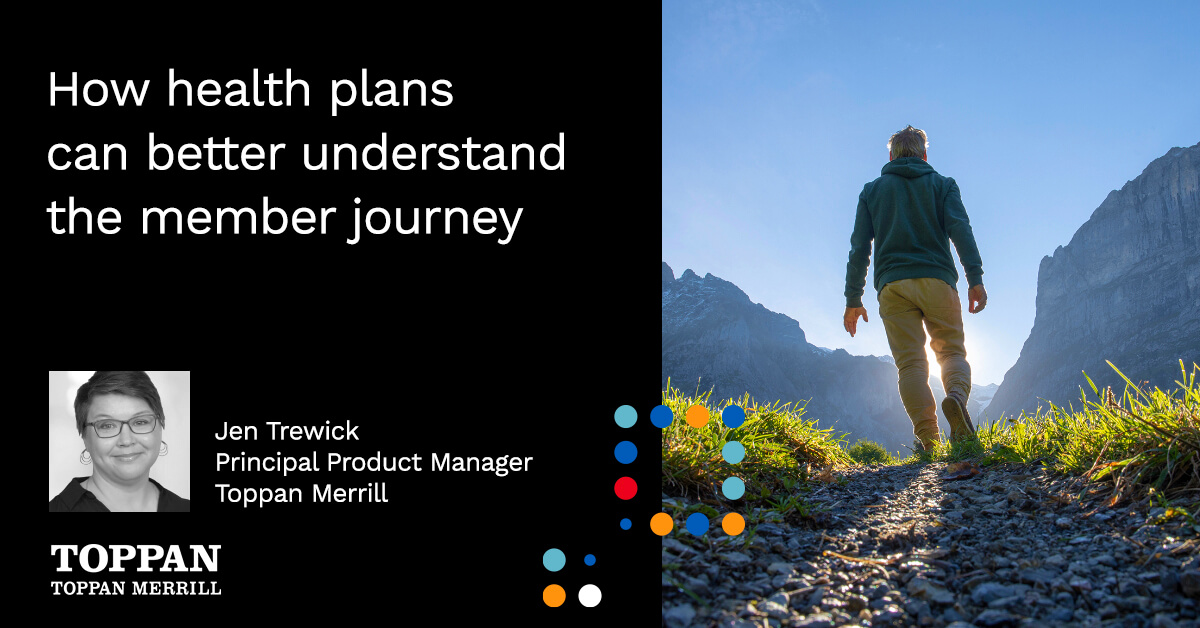Problems with today’s technology stack
Before you secure your next innovative, technology-driven solutions service provider, consider the following problems often seen with today’s technology stack so that you can avoid them.
- Process inefficiency —Enterprise Resource Planning (ERP) solutions, designed initially for manufacturing companies, have been providing medium- to large-scale businesses with a procedural backbone for nearly a decade, mainly for their extensive applications. However, while these systems support most departments and functions, many ERP solutions lack focus on critical service elements that affect process efficiency, such as:
- Workflow management tools
- Order management
- Complex people coordination
- Facilitating collaboration
- Project planning and execution
- Resource utilization
- Automated communications
- Human error— Human error is as inevitable as the sun rising, even with the incorporation of integrated services modules, more commonly known as Professional Services Automation (PSA) solutions. As our economy becomes more and more services-driven, one reality remains: the majority of workers have infrequent interaction with PSA solutions. In fact, most of the actual work in service-oriented businesses — task management, team collaboration, project management, and coordination with clients — happens outside PSA solutions. Many of these processes are particularly prone to human error, either because they’re happening outside of a PSA solution or because the workers don’t know how to use their PSA solution properly.
- Increasing costs— Building a business that’s backed by cutting-edge technology comes at a cost. Suppose you’re scaling up to a more adept solution. In that case, the switching costs of moving from one platform to another are often dramatic, as labor hours and monetary expenses are both incurred in switching up. If you’re purchasing a new software solution for your business, there are still costs associated with implementations, integrations, and often customizations. And in some cases, a business may discover they’ve made the wrong software solution choice, which can compound costs as they need to either switch solutions or purchase add-ons.
- Lack of scalability— Reaching the necessary stage where one needs to scale a given business process is a manager’s dream. Still, it can be challenging if you’re not properly equipped with the right technology solutions that fulfill your business needs. The handsome revenues you generate may be impossible to maintain if a once-capable technology stack is not scalable, eliminating your ability to keep the gears of your business processes oiled.
Why modernize legacy systems?
In health insurance, dynamic content management and automated client communications are essential for scaling and personalizing communications. Yet, many payers find switching from their traditional legacy solutions to be a daunting proposition, especially with the amount of disparate data. However, it doesn’t need to be, and the benefits are worth the investment. Let’s take a look at a few reasons why payers should modernize their legacy systems.
- Save time and resources— The right technology solution will integrate the tools and applications that your business needs to function effectively and efficiently — leveraging your resources within a more concise timeframe.
- Deliver services where and how consumers want them — With an increase in consumer personalization, from Amazon Alexa user recognition features to the Netflix content recommendation engine, consumers demand the ability to complete their interactions with businesses online, through a multitude of different channels, and with a personalized shopping approach. Modernizing legacy systems ensures that your business has the tools necessary to enable customer interactions according to their desired norms.
- Increase revenue potential— Modern technology-driven solutions will free you from the shackles of legacy systems that limit your capacity for higher revenue.
- Stay ahead of the competition— Improve your ability to reach your goals and remain competitive in today’s business ecosystem by employing business solutions that accurately communicate mission-critical content and support rich interactive consumer experiences in all channels.
- Empower critical processes— Witness your business soar as an effective technology-based solution laser focuses on methods that enhance your revenue generation potential.
Payers must rapidly centralize and automate their processes and technology to respond to market conditions and competitive threats – or lose relevance. Download our eBook – Centralization and Automation Strategies to Propel Your Business Forward – to learn how modernizing operations and maximizing the use of data can support customer-centric communications.

